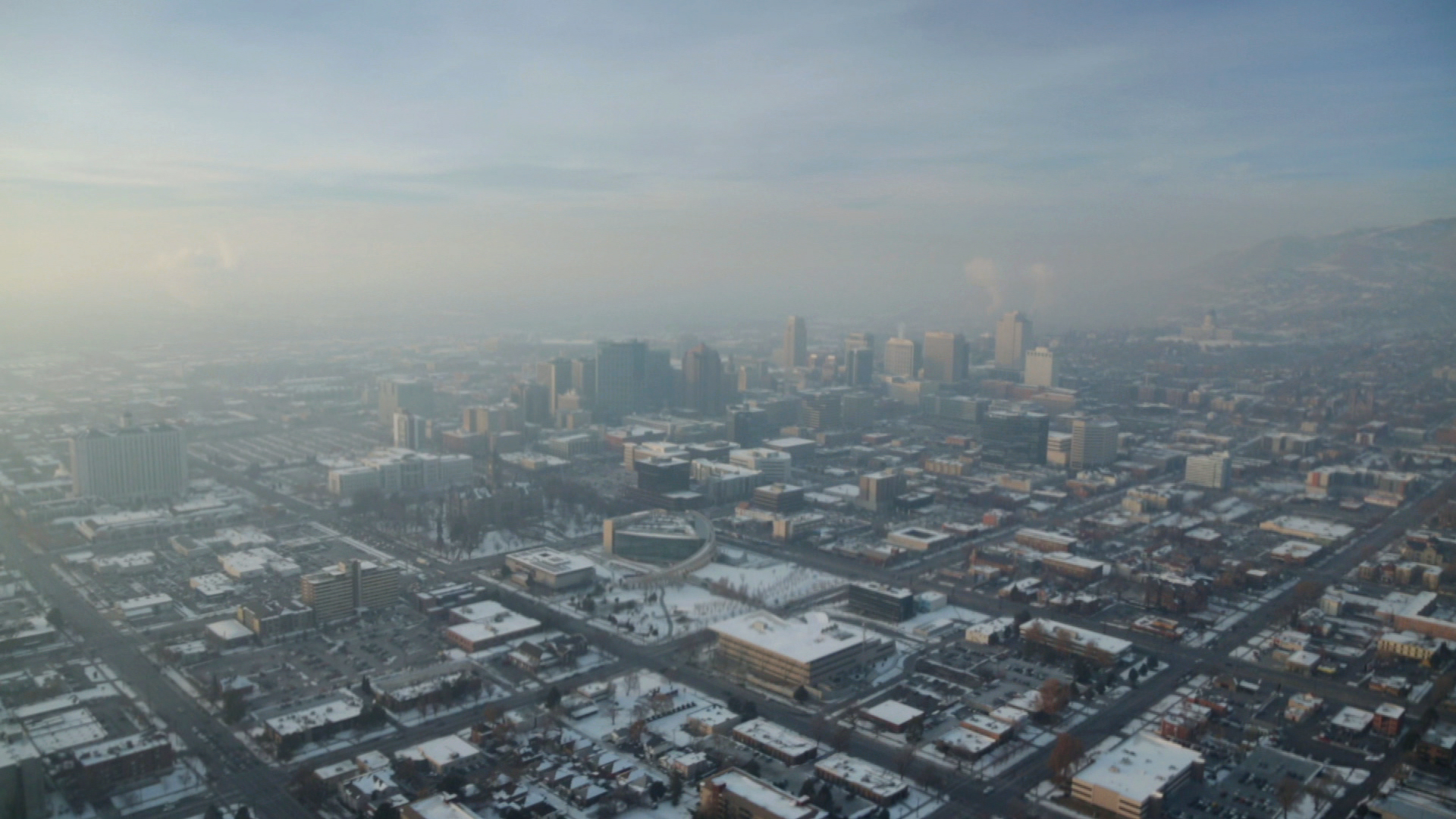One of the documentary filmmakers I have learned much from is Ken Burns. His films cover many different aspects of American History including the Civil War, Jazz, Baseball, the National Parks, and the biographies of many prominent American figures.
Because of their historic subject matter, Burns' films are composed primarily of black and white archival photographs. Early in his career, Burns was known for his ability to bring to life these archival images through the use of camera movement and natural sound effects.
Watching an older Burns documentary you will notice that the image shakes slightly. That is because Burns filmed actual black and white photographs. It is estimated in his Civil War series alone, Burns filmed some 16,000 photographs, paintings and newspaper clippings.
Today, computer software has made this panning and zooming of images incredibly easy. Even Apple's iMovie software has a movement filter called "The Ken Burns Effect." While these advancements may have made moving images on the screen very simple, I do not believe they are the essence of what the true "Ken Burns Effect" is.
When Ken Burns filmed a photograph, he was not simply moving an image on the screen, he was stepping inside it. Looking through his camera viewfinder at these old images, he in a sense stepped into the past. He saw these photographs not as a single frame of time, but as a living glimpse of history.
Here is a challenge for all documentary filmmakers. Gather a series of photographs, either ones you have taken yourself or historic images you can find online. Make 8x10 prints, lay them on a flat surface, light them with a light source on either side, and film them using your video camera.
As you look at the images through your camera, try to imagine yourself filming an actual scene. What sounds would you hear? What environmental elements would you feel? What is the mood of the scene? What are the people in the scene thinking? Where are they traveling? Let these thoughts influence your camera techniques. Doing this, you can experience the true "Ken Burns Effect."
Here are two samples of videos I created doing this exercise.



















